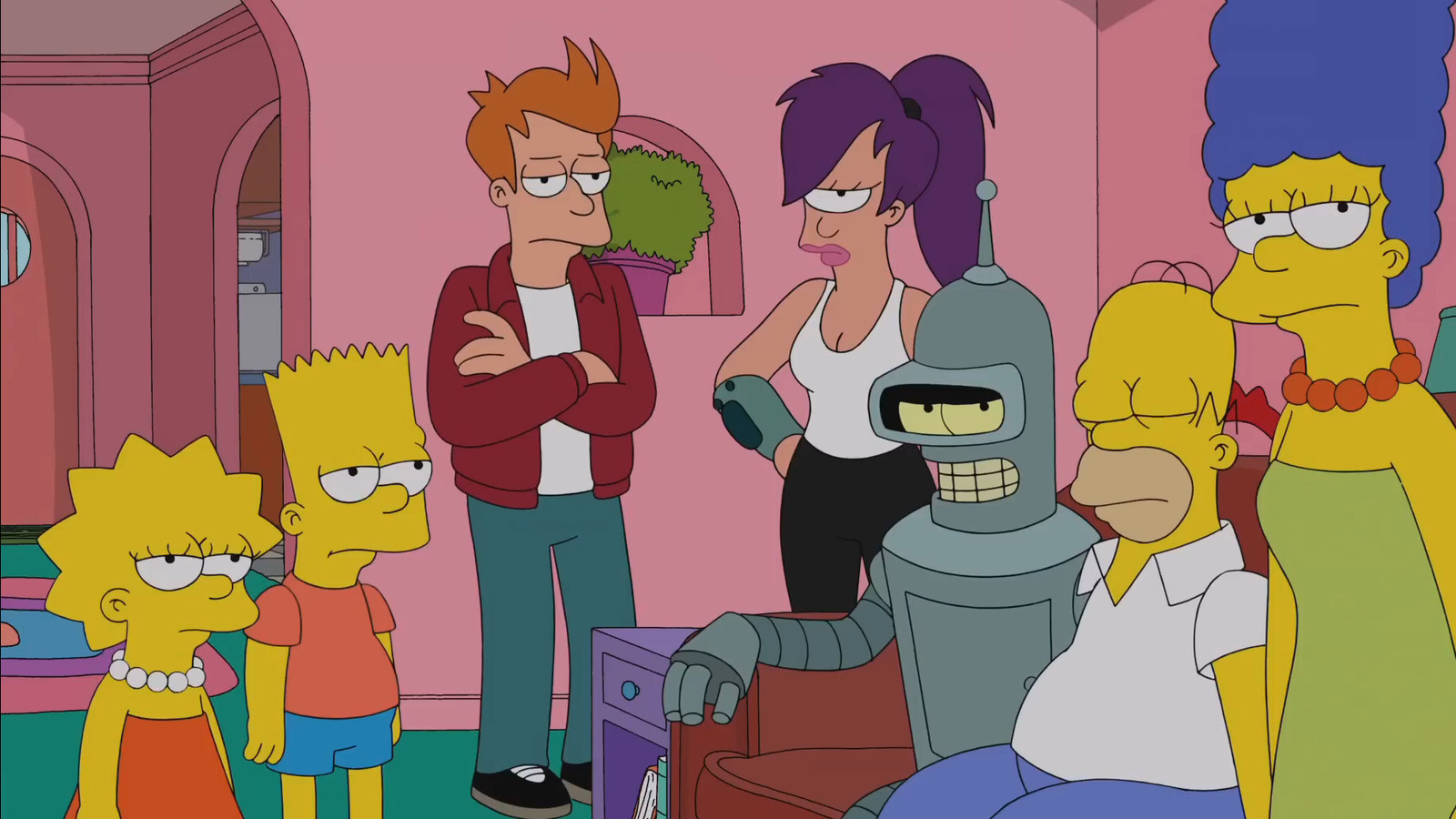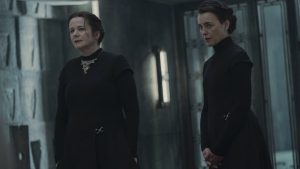
In the realm of animated television, few creators stand out quite like Matt Groening, whose hit shows “Futurama” and “The Simpsons” have left an indelible mark on pop culture. Although each series exhibits a unique animation style, fans can immediately recognize a shared aesthetic, characterized by exaggerated features like prominent overbites and rounded physiques for male characters. While “The Simpsons” boasts its iconic school-bus yellow skin, “Futurama” opted for hues that more closely resemble real-life complexions.
Interestingly, during the design phase of “Futurama,” the character Fry, who has become a fan favorite, initially bore a striking resemblance to Bart Simpson. Animation director Rich Moore revealed in the recent publication “The Art of Futurama” that the challenge lay in differentiating Fry from Bart, who sports recognizable teenage hair. Groening suggested a simple yet distinctive change—a second bump on Fry’s nose—which ultimately helped to establish Fry’s unique identity. Today, while subtle similarities remain, the evolution of Fry’s character design clearly sets him apart, featuring a distinctive nose, a well-defined hairline, and a more proportionate head-to-body ratio.
This creative adjustment allowed “Futurama” to carve its niche while still retaining enough stylistic similarities to make their eventual crossover in 2014 noteworthy. With yellow skin as the main divergence, the visual integration of the Planet Express crew and the Simpson family during the crossover was impressively seamless. In contrast, their encounter with “Family Guy” that same year felt awkward, showcasing how style differences can impact viewer acceptance.
Fry embodies a character type reminiscent of Bart Simpson. Both are characterized by a childlike demeanor and a propensity for laziness, yet Fry demonstrates moments of sincerity. Fans often debate whether Fry mirrors Homer Simpson more closely due to their status as lead characters. However, it’s essential to recall that Bart initially held that spotlight in the first two seasons of “The Simpsons,” rapidly becoming a cultural icon before the focus shifted to Homer.
Another intriguing comparison involves Bender, the wisecracking robot. Some fans argue he parallels Bart in many ways, especially given that early designs for Bender included elements like Bart’s familiar attire—a T-shirt and shorts. Yet, it’s clear that Bender embodies the essence of Homer Simpson as a chaotic figure, unrestrained by societal norms in the pursuit of fun and mischief. Though one is a robot from the future and the other a suburban dad, the essence of troublemaking persists in both characters.
In essence, the journey of character design from “The Simpsons” to “Futurama” showcases the delicate art of animation—a combination of simple tweaks and creative vision that breathe life into distinct personalities. The legacies of these beloved series continue to thrive, rooted in their shared origins yet flourishing in their unique narratives.



